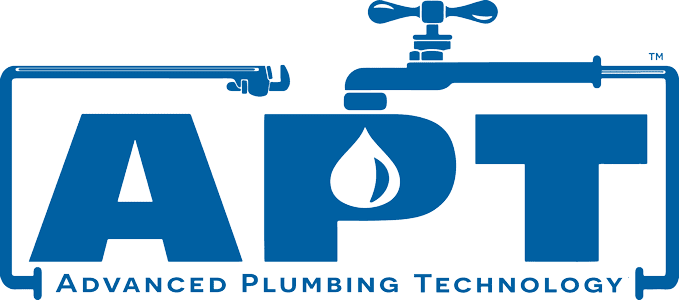From Pipes to Fixtures: Plumbing Upgrades for Modern Living
September 26th, 2023Posted by Brian Shoemaker
Introduction
In the realm of home improvements, plumbing often takes a backseat to more glamorous projects like kitchen renovations or outdoor landscaping. However, the importance of modern and efficient plumbing systems cannot be overstated. Imagine a morning routine without a steady flow of hot water or a kitchen without a reliable sink – such inconveniences highlight the significance of a well-maintained plumbing setup. Whether you’re looking to enhance your daily comfort, increase your property value, or contribute to water conservation efforts, plumbing upgrades are a wise investment. In this article, we’ll delve into a range of plumbing upgrades that can bring your home into the 21st century.
Revamping the Basics: Pipes and Insulation
Before diving into the more visually appealing upgrades, it’s essential to ensure the core components of your plumbing system are in optimal condition. Outdated pipes, prone to leaks and corrosion, can lead to significant water damage and mold growth. Upgrading to modern piping materials like PEX (cross-linked polyethylene) or CPVC (chlorinated polyvinyl chloride) can significantly improve durability and reduce the risk of leaks.
Additionally, considering the insulation of your pipes is crucial, especially if you live in a region with harsh winters. Insulated pipes can prevent freezing, which not only ensures a continuous water supply but also prevents pipe bursts that can be expensive and messy to fix.
Smart Fixtures for Water Efficiency
As environmental consciousness grows, so does the emphasis on water conservation. Traditional fixtures like faucets, toilets, and showers can be major contributors to water wastage. This is where smart plumbing fixtures come into play. These fixtures are designed to optimize water usage without sacrificing performance.
- Smart Faucets: Smart faucets are equipped with sensors that detect when hands are under the tap, providing water only when needed. Some models also allow you to pre-set water temperatures and flow rates, reducing the need for constant adjustments.
- Low-flow Toilets: Older toilets can use as much as 3.5 to 7 gallons of water per flush. Modern low-flow toilets use significantly less water, typically around 1.6 gallons per flush, without compromising on flushing efficiency.
- High-efficiency Showers: High-efficiency showerheads utilize technology to mix air with water, providing a satisfying shower experience while using less water overall. This not only conserves water but also reduces the energy required to heat it.
Tankless Water Heaters: Endless Hot Water
Bid farewell to the days of running out of hot water mid-shower or waiting for the water to heat up before doing the dishes. Tankless water heaters, also known as on-demand water heaters, are a game-changer in modern plumbing systems.
Unlike traditional water heaters that store and continuously heat a large amount of water, tankless heaters heat water on-demand as it passes through the unit. This means you’ll have a constant supply of hot water whenever you need it, all while saving energy and space.
Water Filtration and Purification Systems
Clean and safe water is a fundamental requirement for any household. Even if your tap water meets regulatory standards, you might still be concerned about impurities or contaminants. Installing a water filtration or purification system can provide you with peace of mind regarding your water quality.
- Whole-house Filtration: These systems are installed at the point of entry for your water supply and are designed to remove larger particles, sediment, and even some chemicals. They ensure that every faucet in your home delivers cleaner water.
- Under-sink Reverse Osmosis: For those who want an extra layer of purification, under-sink reverse osmosis systems can remove a wide range of contaminants, including heavy metals and bacteria, providing you with drinking water that’s as pure as it gets.
Sump Pump and Basement Waterproofing
Plumbing upgrades aren’t limited to fixtures and water supply; they also extend to protecting your home from potential water damage. If you have a basement, you’re likely familiar with the challenges of keeping it dry, especially in areas prone to heavy rainfall or flooding.
Installing a sump pump can be a lifesaver in such situations. A sump pump is designed to remove excess water from the lowest points of your basement, preventing flooding and water damage. In addition, considering basement waterproofing measures, such as sealing cracks and using water-resistant materials, can add an extra layer of protection.
Conclusion
In the grand tapestry of home improvement, plumbing upgrades might not steal the spotlight, but their impact on daily comfort, property value, and environmental responsibility is undeniable. From the foundational pipes to the innovative fixtures, modernizing your plumbing system can elevate your living experience in ways you never thought possible. So, whether you’re savoring an uninterrupted hot shower, reveling in the efficiency of a smart faucet, or enjoying the peace of mind that comes with purified water, plumbing upgrades are a step towards a more sophisticated and sustainable home.
